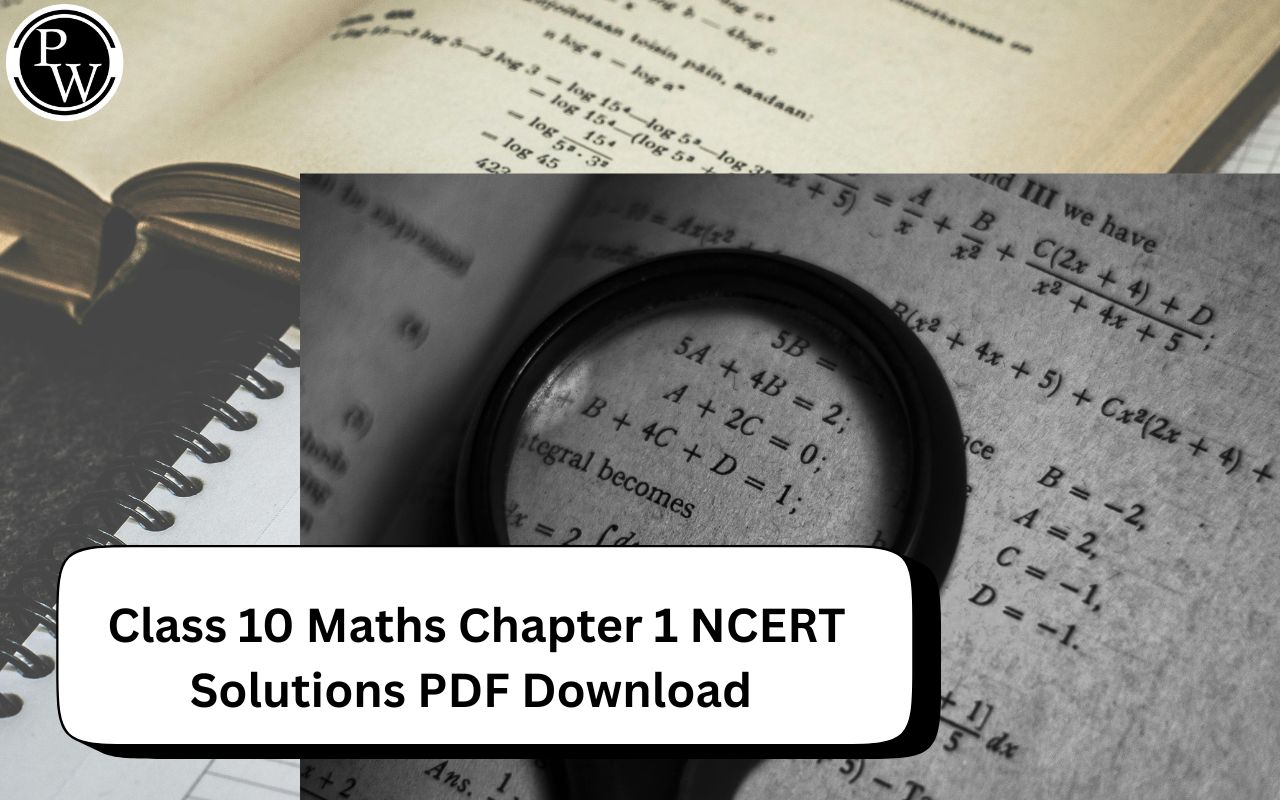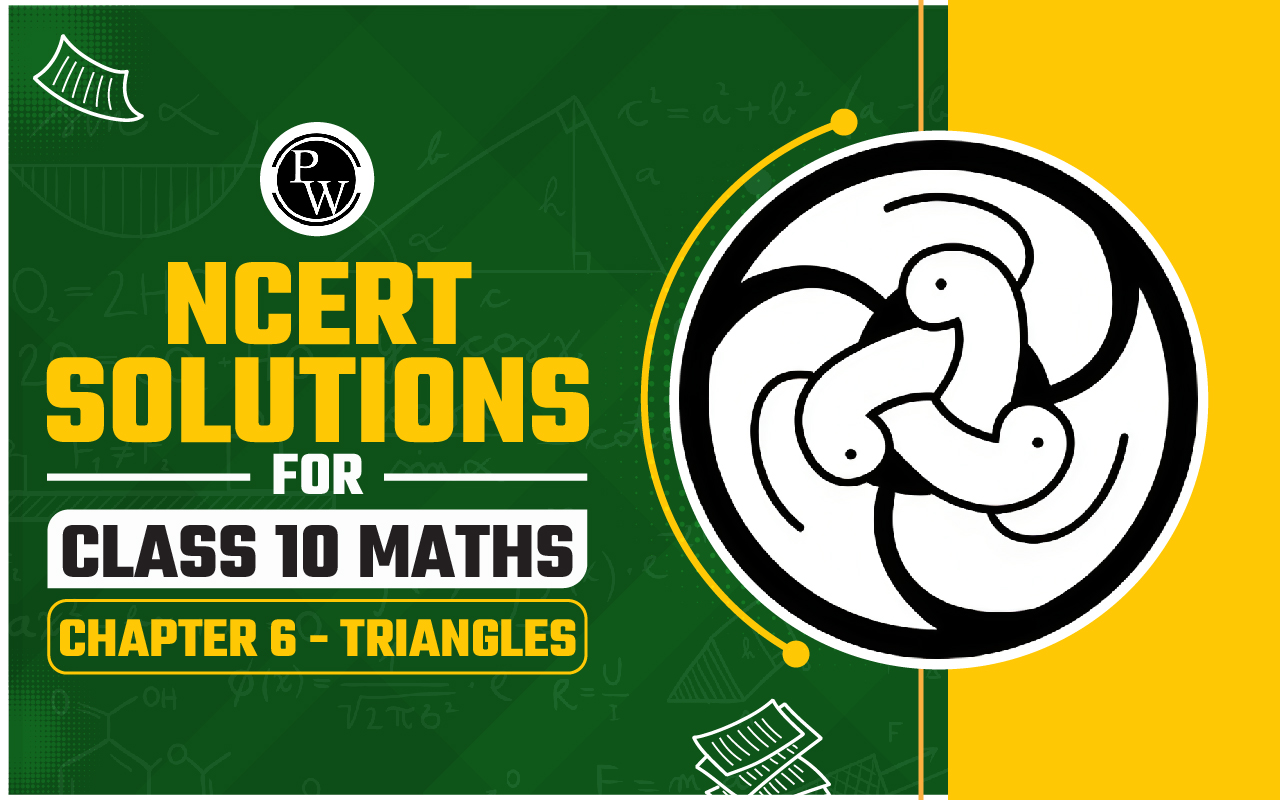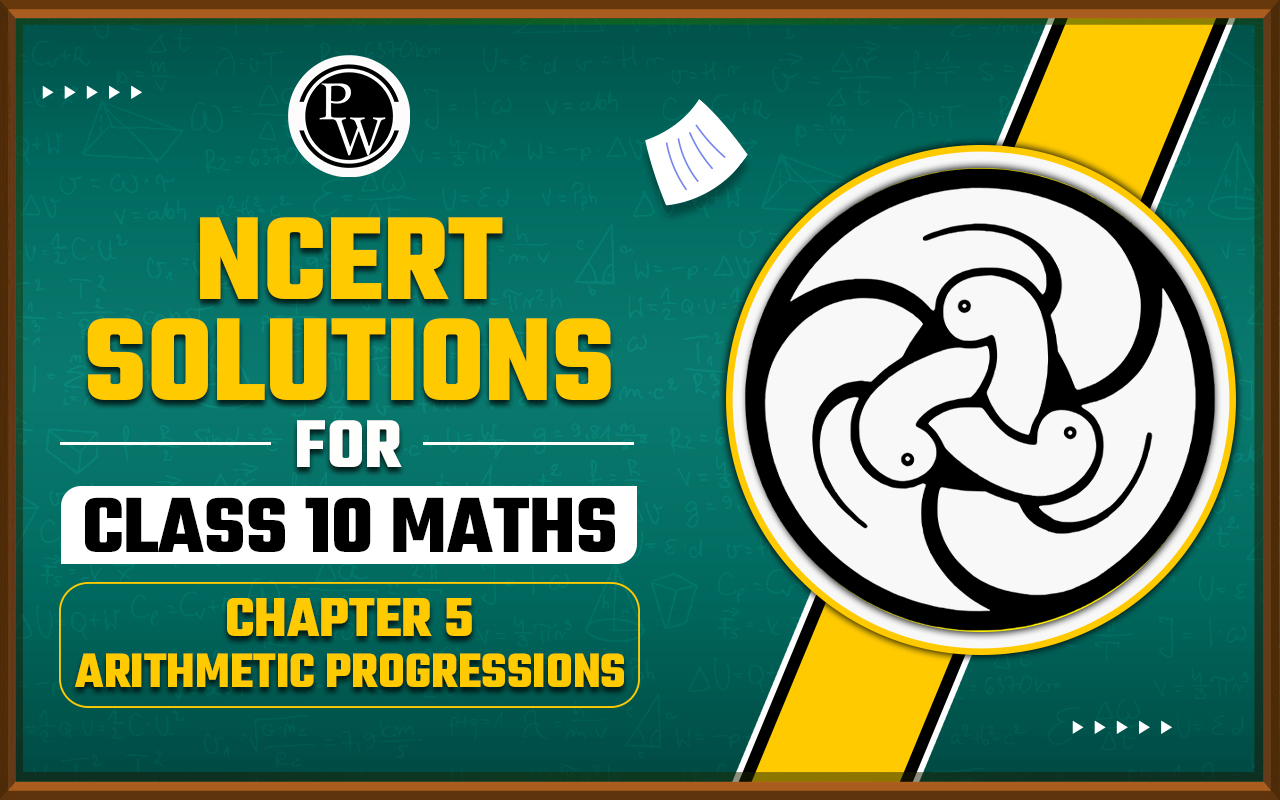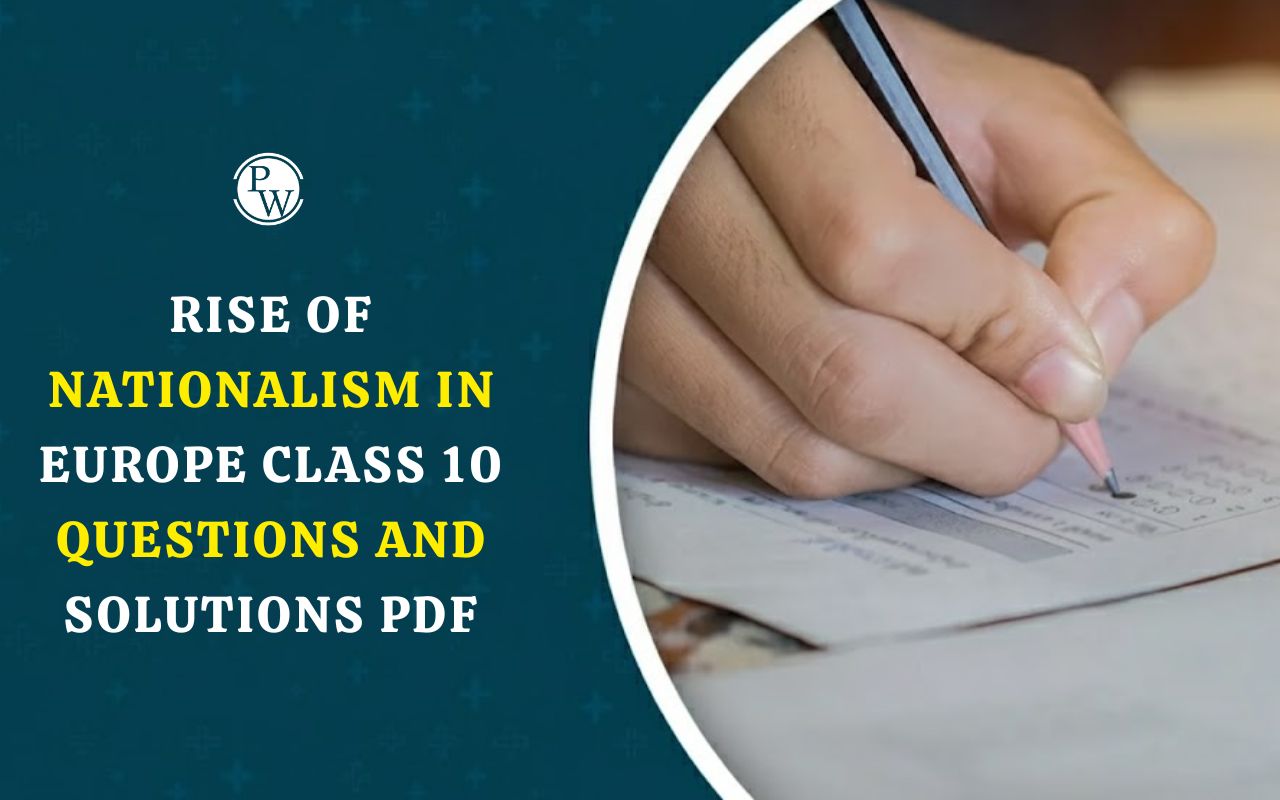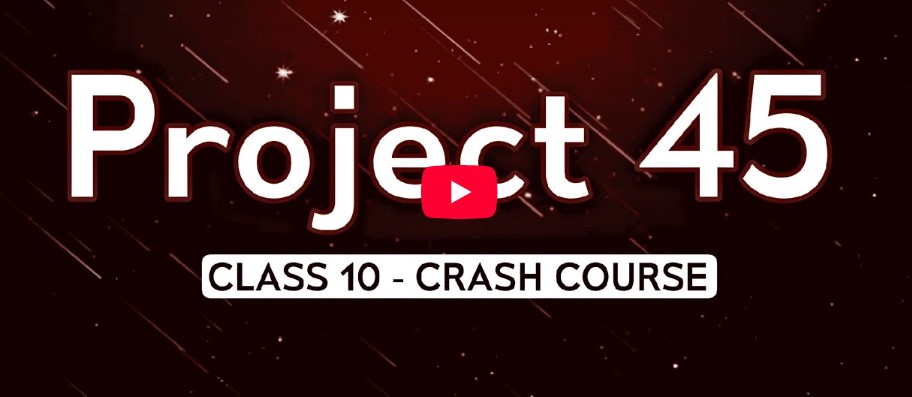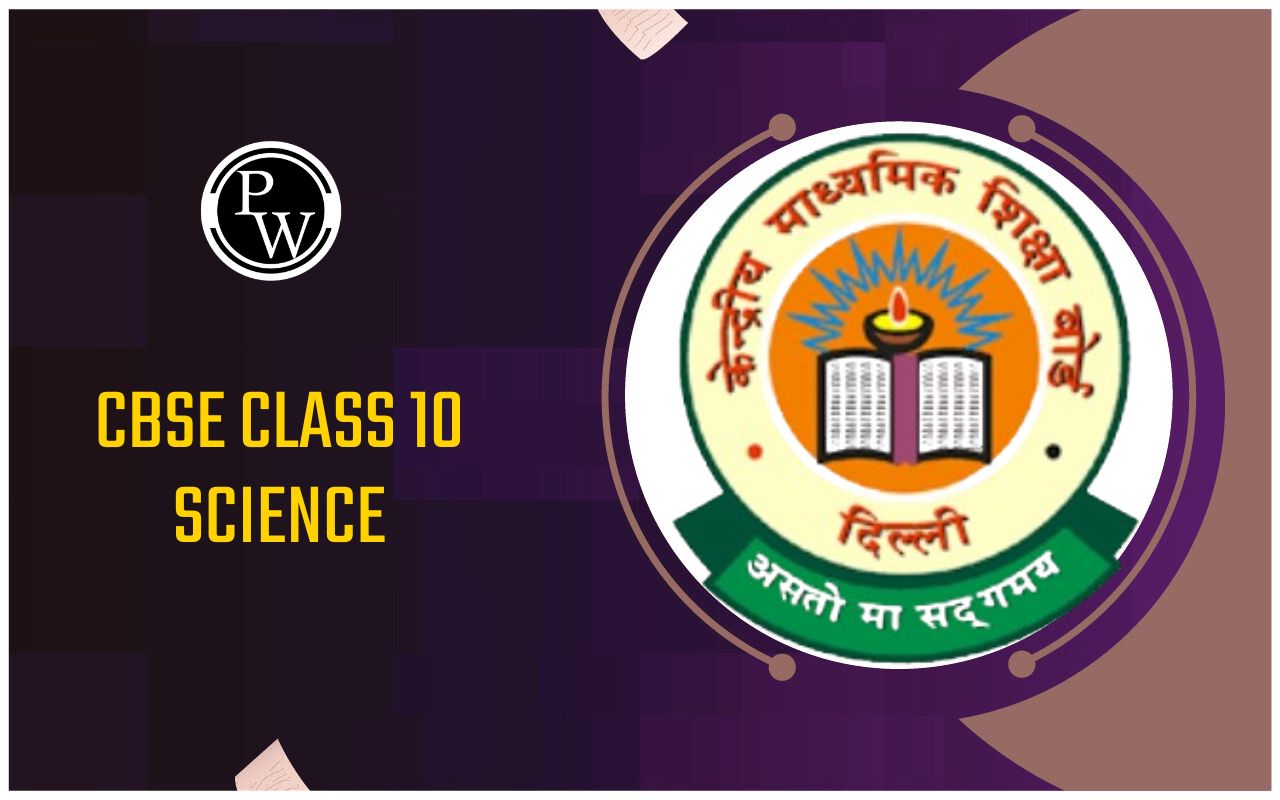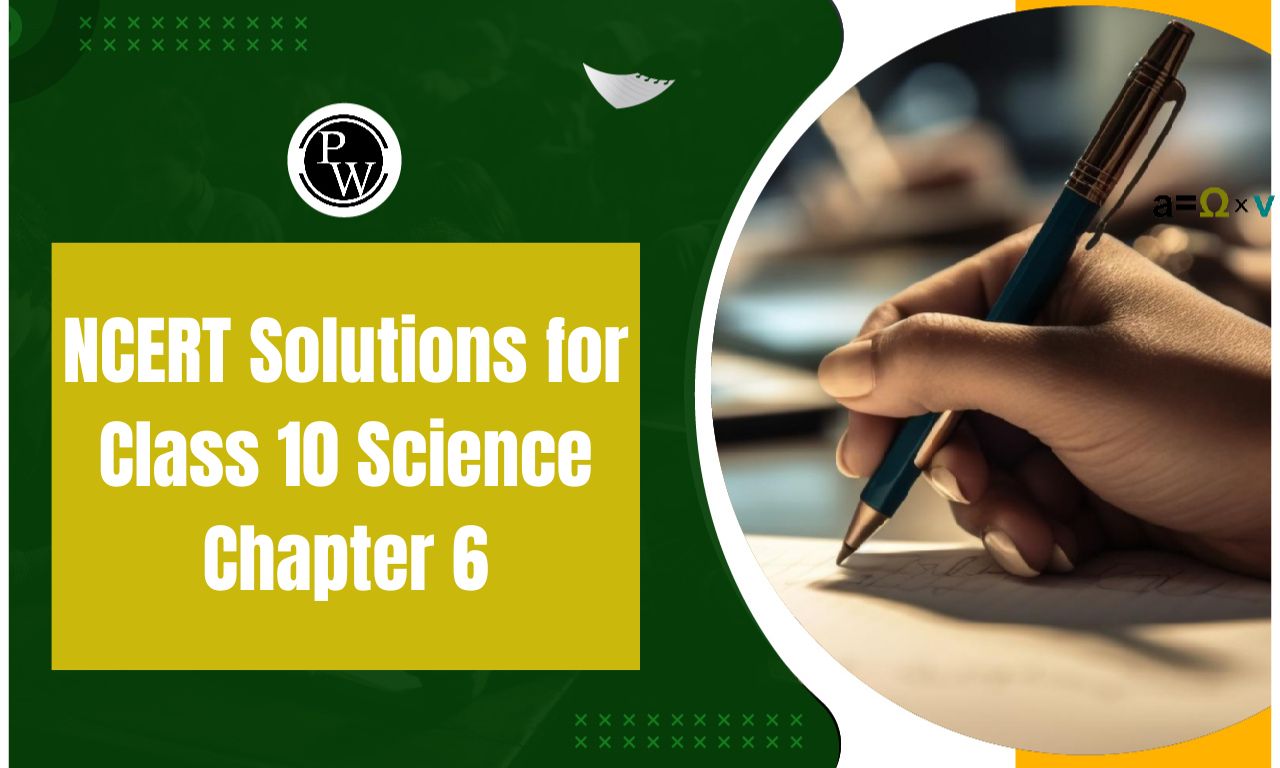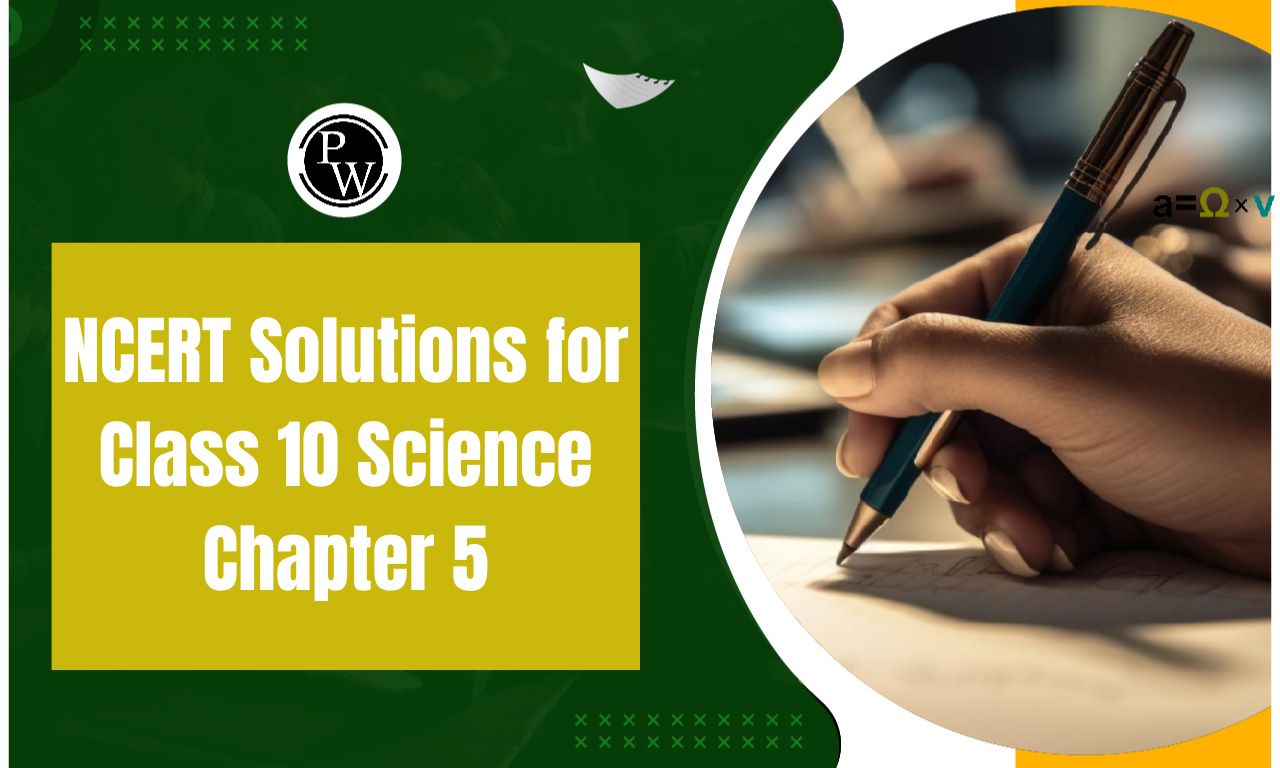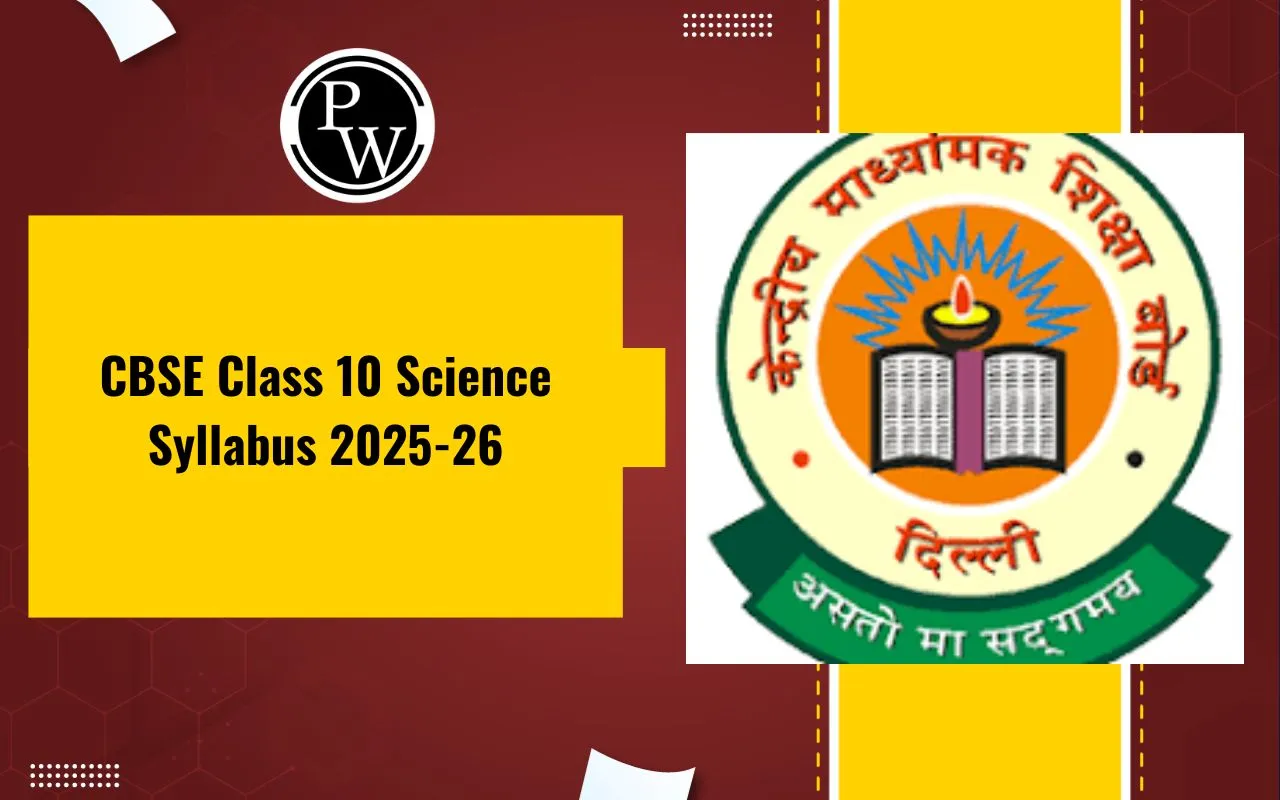
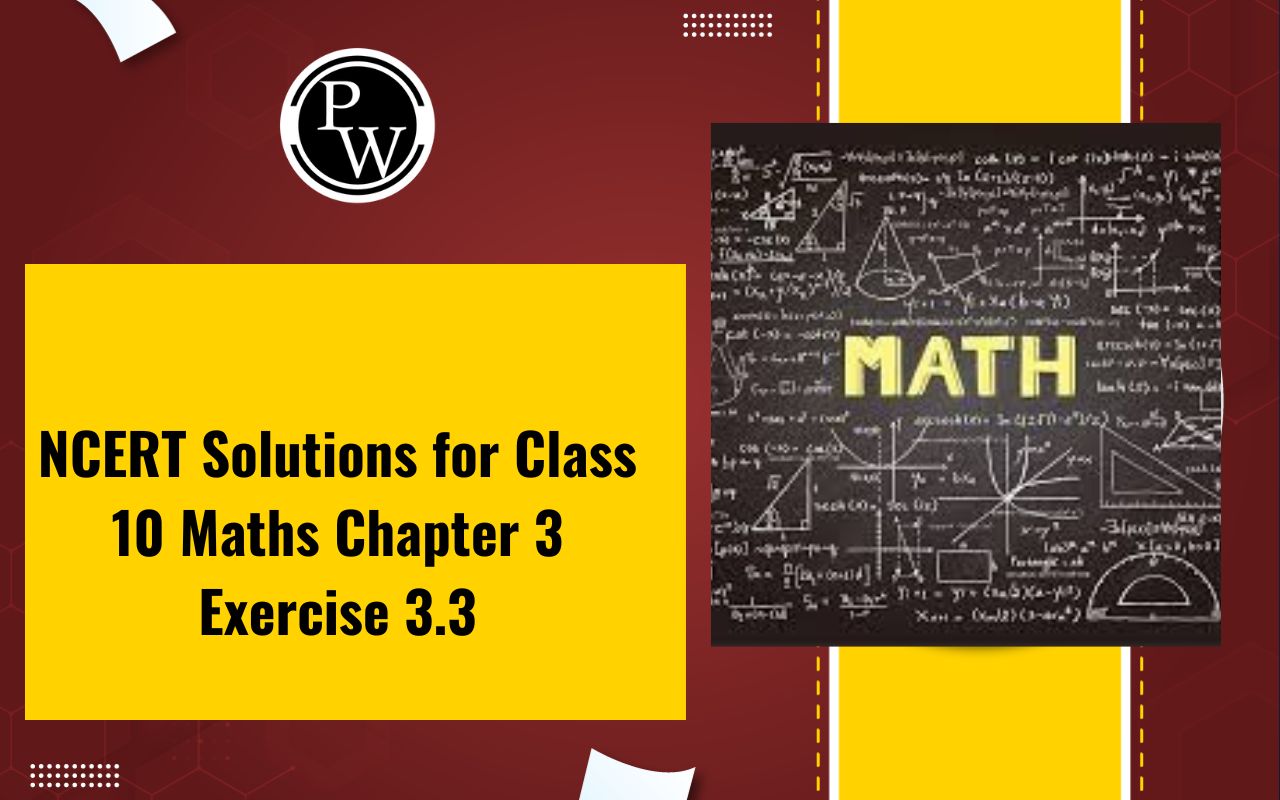
NCERT Solutions for Class 10 Maths Chapter 3 Exercise 3.3: Exercise 3.3 of NCERT Class 10 Chapter 3 Pair of Linear Equations in Two Variables focuses on solving linear equations using the elimination method.
Once the value of one variable is found, it is substituted back into one of the original equations to find the other variable. The exercise contains problems designed to build accuracy in applying this method, emphasizing logical steps and careful calculation.NCERT Solutions for Class 10 Maths Chapter 3 Pair of Linear Equations in Two Variables Exercise 3.3
Exercise 3.3 focuses on solving pairs of linear equations in two variables using the elimination method . This method systematically eliminates one variable by either adding or subtracting the equations, making it possible to solve for the other variable. Once one variable is determined, its value is substituted back into one of the original equations to find the second variable. The exercise contains problems that require:- Simplifying equations to make the coefficients of one variable equal.
- Adding or subtracting equations to eliminate a variable.
- Finding the solution set by solving the simplified equations.
NCERT Solutions for Class 10 Maths Chapter 3 Exercise 3.3 PDF
Chapter 3 of Class 10 Maths, Pair of Linear Equations in Two Variables introduces methods to solve linear equations. Exercise 3.3 focuses on solving equations using the elimination method, providing a systematic approach to eliminate one variable and solve for the other. This exercise builds the foundation for solving linear equations in practical contexts. Below, we have provided a comprehensive PDF with detailed NCERT solutions ensuring step-by-step explanations to enhance understanding and build confidence in solving linear equation problems effectively.NCERT Solutions for Class 10 Maths Chapter 3 Exercise 3.3 PDF
NCERT Solutions Class 10 Maths Chapter 3 Exercise 3.3 With Answers
Below is the NCERT Class 10 Chapter 3 Pair of Linear Equations in Two Variables Exercise 3.3-1. Solve the following pair of linear equations by the substitution method.
(i) x + y = 14
x – y = 4
(ii) s – t = 3
(s/3) + (t/2) = 6
(iii) 3x – y = 3
9x – 3y = 9
(iv) 0.2x + 0.3y = 1.3
0.4x + 0.5y = 2.3
(v) √2 x+√3 y = 0
√3 x-√8 y = 0
(vi) (3x/2) – (5y/3) = -2
(x/3) + (y/2) = (13/6)
Solutions:
(i) Given, x + y = 14 and x – y = 4 are the two equations. From the 1 st equation, we get, x = 14 – y Now, substitute the value of x to the second equation to get, (14 – y) – y = 4 14 – 2y = 4 2y = 10 Or y = 5 By the value of y, we can now find the exact value of x. ∵ x = 14 – y ∴ x = 14 – 5 Or x = 9 Hence, x = 9 and y = 5 (ii) Given, s – t = 3 and (s/3) + (t/2) = 6 are the two equations. From the 1 st equation, we get, s = 3 + t ________________(1) Now, substitute the value of s to the second equation to get, (3+t)/3 + (t/2) = 6 ⇒ (2(3+t) + 3t )/6 = 6 ⇒ (6+2t+3t)/6 = 6 ⇒ (6+5t) = 36 ⇒5t = 30 ⇒t = 6 Now, substitute the value of t to the equation (1) s = 3 + 6 = 9 Therefore, s = 9 and t = 6 (iii) Given, 3x – y = 3 and 9x – 3y = 9 are the two equations. From the 1 st equation, we get, x = (3+y)/3 Now, substitute the value of x to the second equation to get, 9(3+y)/3 – 3y = 9 ⇒9 +3y -3y = 9 ⇒ 9 = 9 Therefore, y has infinite values, and since x = (3+y) /3, x also has infinite values. (iv) Given, 0.2x + 0.3y = 1.3 and 0.4x + 0.5y = 2.3 are the two equations. From the 1 st equation, we get, x = (1.3- 0.3y)/0.2 _________________(1) Now, substitute the value of x to the second equation to get, 0.4(1.3-0.3y)/0.2 + 0.5y = 2.3 ⇒2(1.3 – 0.3y) + 0.5y = 2.3 ⇒ 2.6 – 0.6y + 0.5y = 2.3 ⇒ 2.6 – 0.1 y = 2.3 ⇒ 0.1 y = 0.3 ⇒ y = 3 Now, substitute the value of y in equation (1), and we get, x = (1.3-0.3(3))/0.2 = (1.3-0.9)/0.2 = 0.4/0.2 = 2 Therefore, x = 2 and y = 3 (v) Given, √2 x + √3 y = 0 and √3 x – √8 y = 0 are the two equations. From the 1 st equation, we get, x = – (√3/√2)y __________________(1) Putting the value of x in the given second equation to get, √3(-√3/√2)y – √8y = 0 ⇒ (-3/√2)y- √8 y = 0 ⇒ y = 0 Now, substitute the value of y in equation (1), and we get, x = 0 Therefore, x = 0 and y = 0 (vi) Given, (3x/2)-(5y/3) = -2 and (x/3) + (y/2) = 13/6 are the two equations. From 1 st equation, we get, (3/2)x = -2 + (5y/3) ⇒ x = 2(-6+5y)/9 = (-12+10y)/9 ………………………(1) Putting the value of x in the second equation, we get, ((-12+10y)/9)/3 + y/2 = 13/6 ⇒y/2 = 13/6 –( (-12+10y)/27 ) + y/2 = 13/6 Now, substitute the value of y in equation (1), and we get,
(3x/2) – 5(3)/3 = -2
⇒ (3x/2) – 5 = -2
⇒ x = 2
Therefore, x = 2 and y = 3
Now, substitute the value of y in equation (1), and we get,
(3x/2) – 5(3)/3 = -2
⇒ (3x/2) – 5 = -2
⇒ x = 2
Therefore, x = 2 and y = 3
2. Solve 2x + 3y = 11 and 2x – 4y = – 24 and hence find the value of ‘m’ for which y = mx + 3.
Solution:
2x + 3y = 11…………………………..(I) 2x – 4y = -24………………………… (II) From equation (II), we get x = (11-3y)/2 ………………….(III) Substituting the value of x to equation (II), we get 2(11-3y)/2 – 4y = 24 11 – 3y – 4y = -24 -7y = -35 y = 5……………………………………..(IV) Putting the value of y in equation (III), we get x = (11-3×5)/2 = -4/2 = -2 Hence, x = -2, y = 5 Also, y = mx + 3 5 = -2m +3 -2m = 2 m = -1Therefore, the value of m is -1.
3. Form the pair of linear equations for the following problems and find their solution by the substitution method.
(i) The difference between two numbers is 26, and one number is three times the other. Find them.
Solution:
Let the two numbers be x and y, respectively, such that y > x. According to the question, y = 3x ……………… (1) y – x = 26 …………..(2) Substituting the value of (1) to (2), we get 3x – x = 26 x = 13 ……………. (3) Substituting (3) in (1), we get y = 39Hence, the numbers are 13 and 39.
(ii) The larger of two supplementary angles exceeds, the smaller by 18 degrees. Find them.
Solution:
Let the larger angle be x o and the smaller angle be y o . We know that the sum of two supplementary pairs of angles is always 180 o . According to the question, x + y = 180 o ……………. (1) x – y = 18 o ……………..(2) From (1), we get x = 180 o – y …………. (3) Substituting (3) in (2), we get 180 o – y – y =18 o 162 o = 2y y = 81 o ………….. (4) Using the value of y in (3), we get x = 180 o – 81 o = 99 oHence, the angles are 99 o and 81 o .
(iii) The coach of a cricket team buys 7 bats and 6 balls for Rs.3800. Later, she buys 3 bats and 5 balls for Rs.1750. Find the cost of each bat and each ball.
Solution:
Let the cost of a bat be x and the cost of a ball be y. According to the question, 7x + 6y = 3800 ………………. (I) 3x + 5y = 1750 ………………. (II) From (I), we get y = (3800-7x)/6………………..(III) Substituting (III) to (II), we get, 3x+5(3800-7x)/6 =1750 ⇒3x+ 9500/3 – 35x/6 = 1750 ⇒3x- 35x/6 = 1750 – 9500/3 ⇒(18x-35x)/6 = (5250 – 9500)/3 ⇒-17x/6 = -4250/3 ⇒-17x = -8500 x = 500 ……………………….. (IV) Substituting the value of x to (III), we get y = (3800-7 ×500)/6 = 300/6 = 50Hence, the cost of a bat is Rs 500, and the cost of a ball is Rs 50.
(iv) The taxi charges in a city consist of a fixed charge together with the charge for the distance covered. For a distance of 10 km, the charge paid is Rs 105 and for a journey of 15 km, the charge paid is Rs 155. What are the fixed charges and the charge per km? How much does a person have to pay for travelling a distance of 25 km?
Solution:
Let the fixed charge be Rs x and the per km charge be Rs y. According to the question, x + 10y = 105 …………….. (1) x + 15y = 155 …………….. (2) From (1), we get x = 105 – 10y ………………. (3) Substituting the value of x to (2), we get 105 – 10y + 15y = 155 5y = 50 y = 10 …………….. (4) Putting the value of y in (3), we get x = 105 – 10 × 10 = 5Hence, the fixed charge is Rs 5 and the per km charge = Rs 10
Charge for 25 km = x + 25y = 5 + 250 = Rs 255
(v) A fraction becomes 9/11 if 2 is added to both the numerator and the denominator. If 3 is added to both the numerator and the denominator, it becomes 5/6. Find the fraction.
Solution:
Let the fraction be x/y. According to the question, (x+2) /(y+2) = 9/11 11x + 22 = 9y + 18 11x – 9y = -4 …………….. (1) (x+3) /(y+3) = 5/6 6x + 18 = 5y +15 6x – 5y = -3 ………………. (2) From (1), we get x = (-4+9y)/11 …………….. (3) Substituting the value of x to (2), we get 6(-4+9y)/11 -5y = -3 -24 + 54y – 55y = -33 -y = -9 y = 9 ………………… (4) Substituting the value of y to (3), we get x = (-4+9×9 )/11 = 7Hence, the fraction is 7/9.
(vi) Five years hence, the age of Jacob will be three times that of his son. Five years ago, Jacob’s age was seven times that of his son. What are their present ages?
Solutions:
Let the age of Jacob and his son be x and y, respectively. According to the question, (x + 5) = 3(y + 5) x – 3y = 10 …………………………………….. (1) (x – 5) = 7(y – 5) x – 7y = -30 ………………………………………. (2) From (1), we get x = 3y + 10 ……………………. (3) Substituting the value of x to (2), we get 3y + 10 – 7y = -30 -4y = -40 y = 10 ………………… (4) Substituting the value of y to (3), we get x = 3 x 10 + 10 = 40Hence, the present age of Jacob and his son is 40 years and 10 years, respectively.
Benefits of Solving NCERT Solutions for Class 10 Maths Chapter 3 Exercise 3.3
- Strengthens Conceptual Understanding : The exercise helps in mastering the elimination method, a key technique for solving linear equations in two variables.
- Enhances Problem-Solving Skills : Step-by-step solutions improve logical reasoning and analytical skills, enabling students to approach problems systematically.
- Prepares for Real-Life Applications : By solving practical questions students understand how linear equations model real-world situations.
- Improves Accuracy and Speed : Regular practice with these solutions helps minimize errors and enhances calculation speed.
- Boosts Exam Confidence : Detailed explanations ensure clarity in concepts, making students better prepared for exams.
- Supports Self-Learning : The comprehensive solutions act as a guide, encouraging independent learning and practice.
NCERT Solutions for Class 10 Maths Chapter 3 Exercise 3.3 FAQs
What is the focus of Exercise 3.3 in Chapter 3?
Why is the elimination method important?
How does solving this exercise help in exams?
Can I solve Exercise 3.3 without prior knowledge of linear equations?

